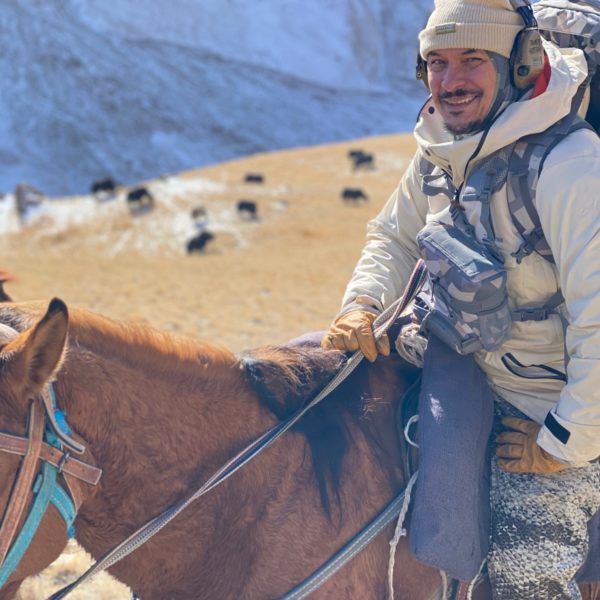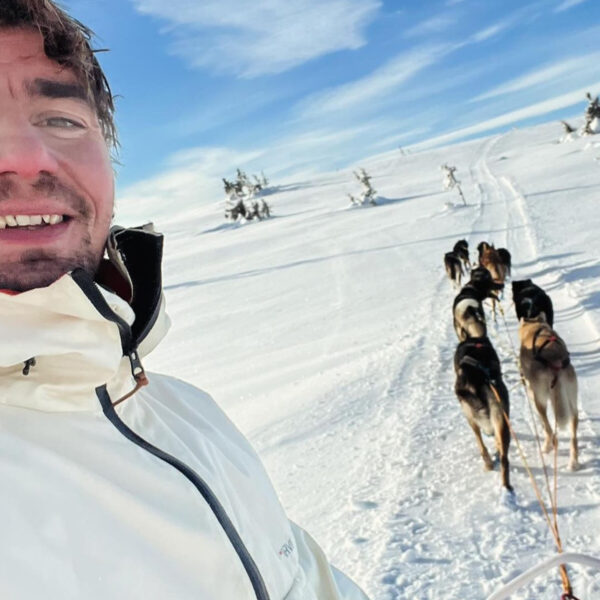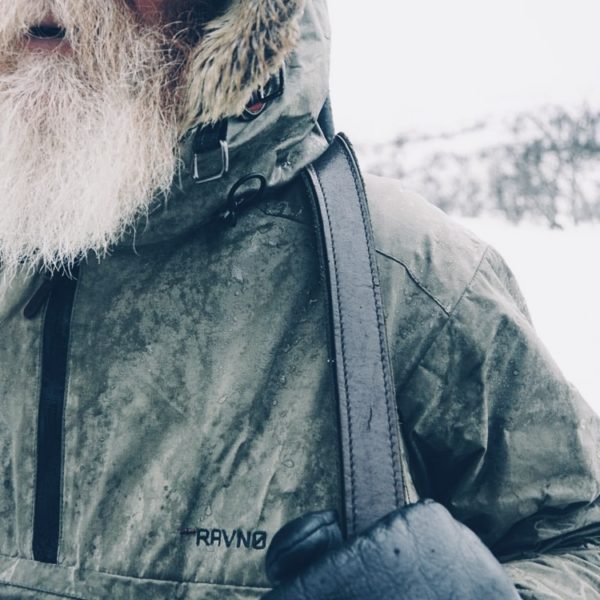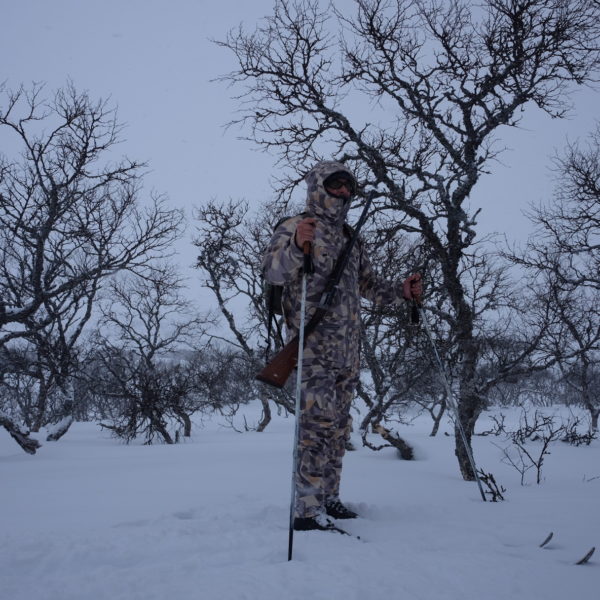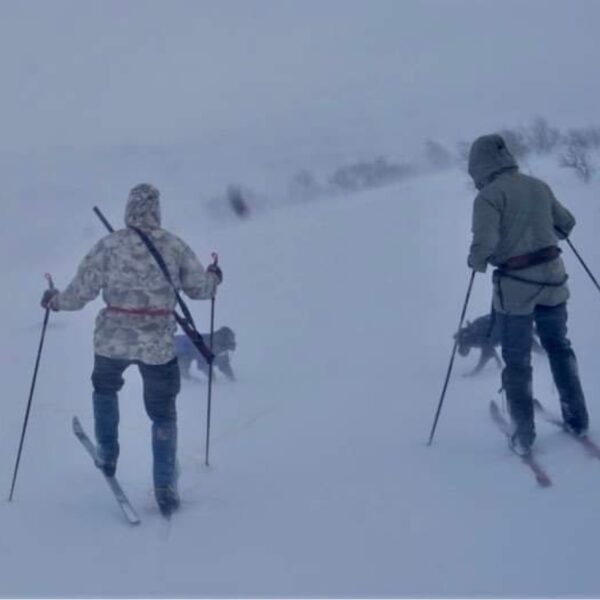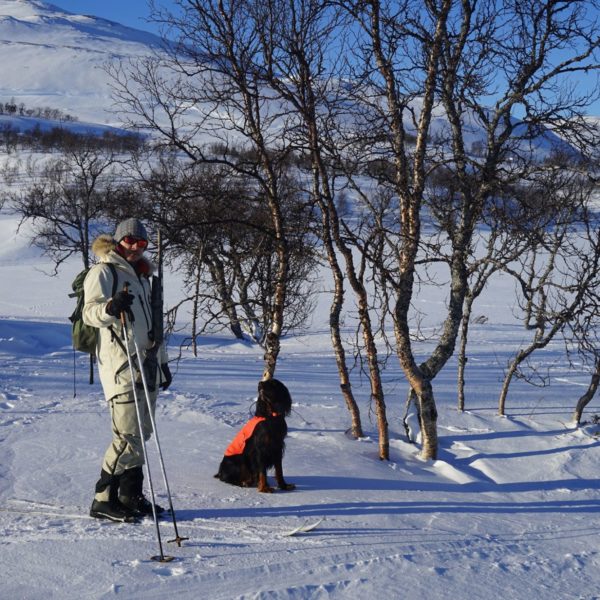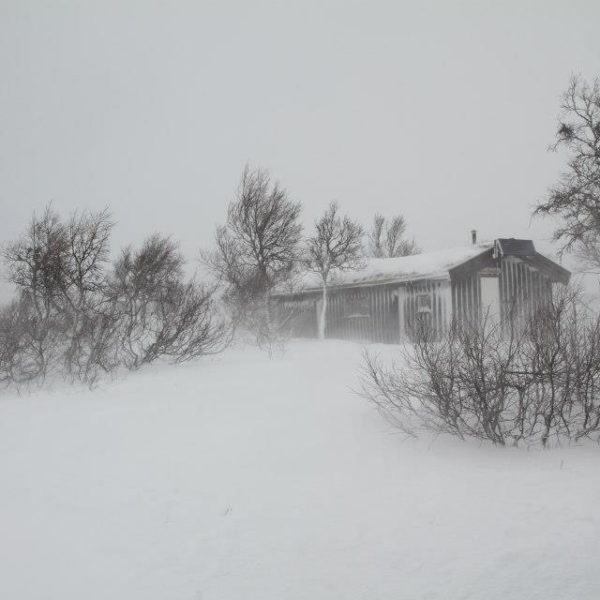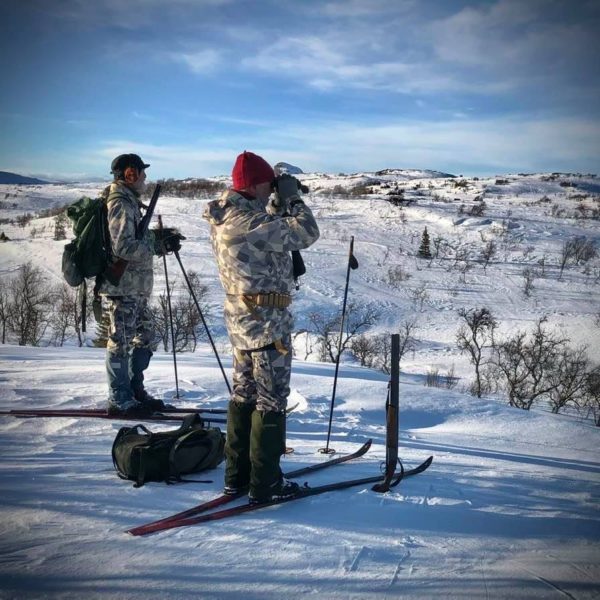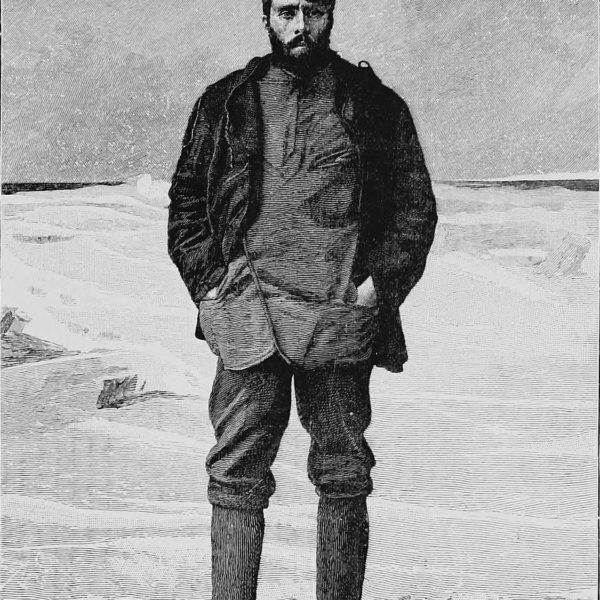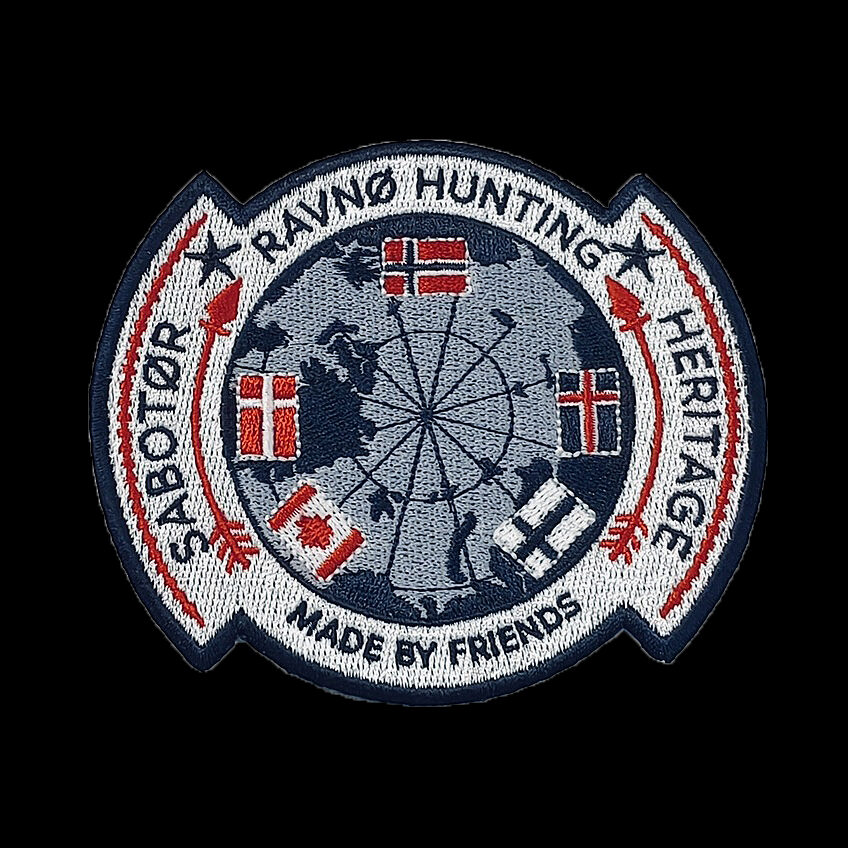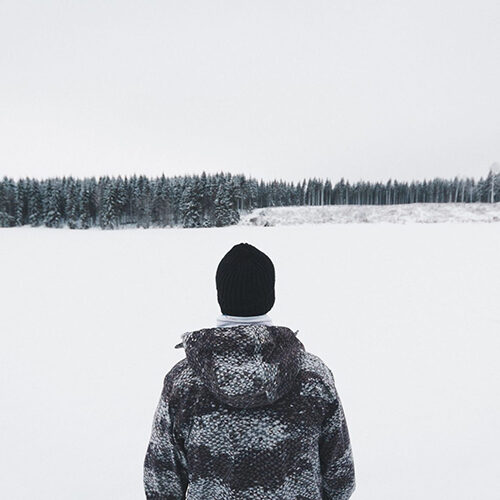It runs in the family.
Olavs maternal ancestor Otto Sverdrup joined Fridtjof Nansen’s expedition of 1888 across Greenland. In 1892 he was an advisor to Fridtjof Nansen when the ship Fram was built. In 1893 Sverdrup was given command of the ship, and in 1895 he was left in charge of it while Nansen attempted to reach the North Pole. Sverdrup managed to free the ship from the ice near Svalbard in August 1896 and sailed to Skjervøy, arriving just 4 days after Nansen had reached Norway.
In the summer of 1897 Sverdrup worked as the shipmaster of Lofoten, a passenger ship to and from Svalbard. In 1898 he embarked on another expedition with Fram. Sverdrup attempted to circumnavigate Greenland via Baffin Bay but failed to make it through the Nares Strait. Forced to overwinter on Ellesmere Island, he and his crew explored and named many uncharted fjords and peninsulas on the western shores of the island, explaining the Norwegian names, such as Hoved Island (“main island”) and Prince Gustav Adolf Sea (after the Swedish king Gustav VI Adolf) in the Canadian Arctic.
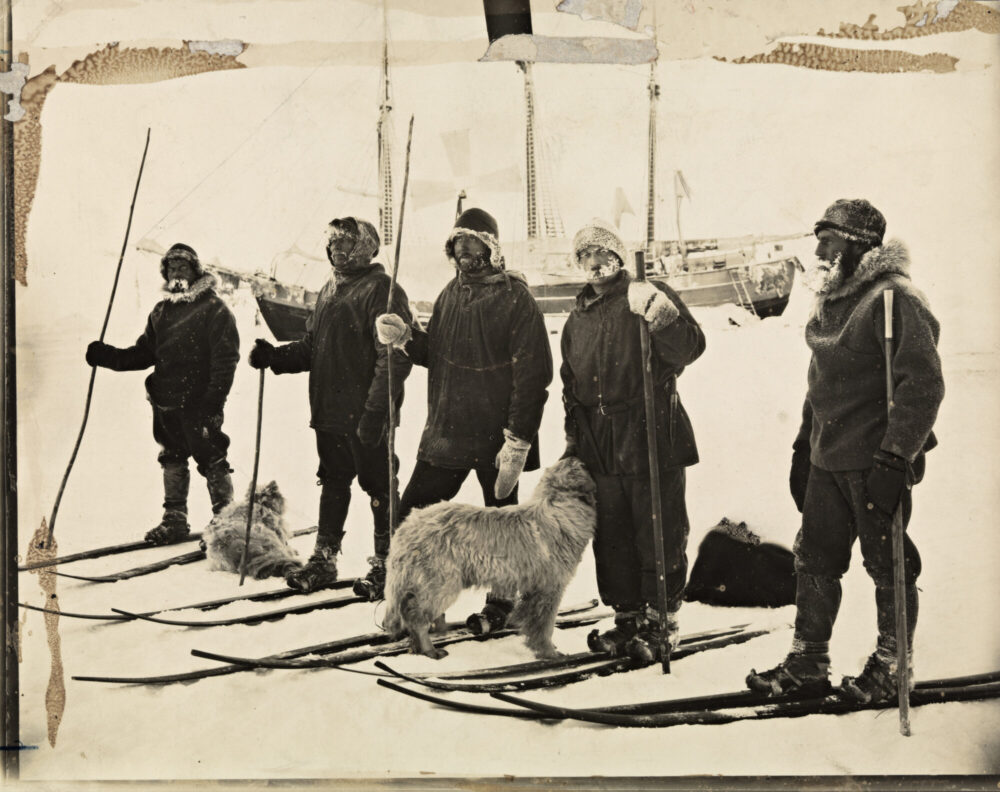
Between 1899 and 1902, he overwintered three more times on Ellesmere Island in the Canadian Arctic with the Fram, continuing to explore and map, culminating in the discovery of the islands to the west of Ellesmere Island, namely Axel Heiberg, Amund Ringnes and Ellef Ringnes, collectively known as the Sverdrup Islands. In adopting Sami and Inuit methods, Sverdrup and his crew were able to chart a total of 260,000 square kilometers – more than any other polar exploration. The area was famously mapped by his topographer, Gunnar Isachsen, and 35 academic publications were penned as a result of the expedition. Upon Sverdrup’s return in Norway, he was treated as a national hero. However, he remains relatively unknown in North America, and relatively unknown for his Canadian exploration in Norway.
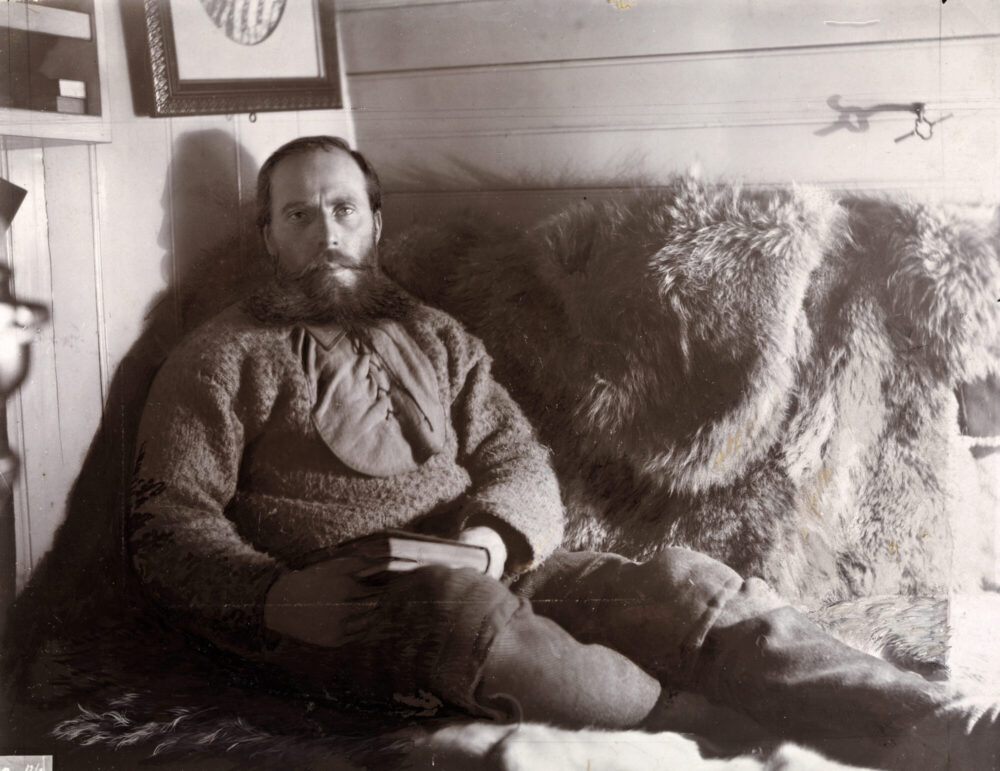
One of Sverdrup’s lesser known exploits was a search-and-rescue expedition aboard ship Eklips in the Kara Seain 1914–1915.His aim was to search for two missing Arctic expeditions, that of Captain Georgy Brusilov on the St. Anna and that of Vladimir Rusanov on the Gerkules. Sverdrup’s fourth and last expedition in Arctic Siberian waters was in 1921, when, from the bridge of the Soviet Icebreaker Lenin, he commanded a convoy of five cargo ships on an experimental run through the Kara Sea to the mouths of the Ob and Yenisei rivers. The ships reached their destinations and returned safely. This was considered an important step in the development of the Kara Sea sector of the Northern Sea Route.
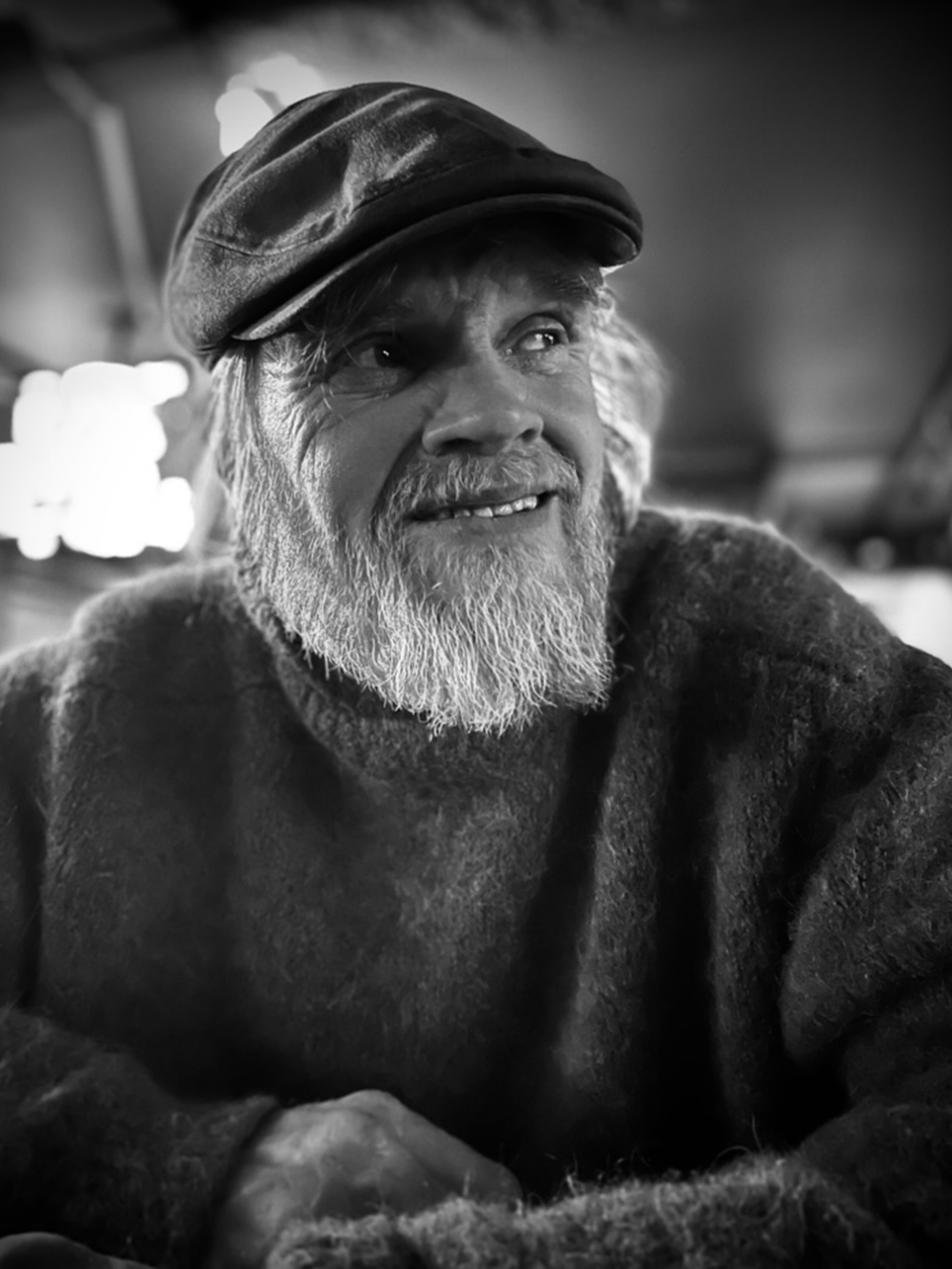
Olav.
Ravnø co-founder Olav is a direct descendent of Otto Sverdrup. To this day he still wears a neck pendant of his family coat-of-arms on his chest
“Our youth was different than for kids these days. Most of the time we were outdoors, sometimes days on end, with just a fishing pole or shotgun. Poaching was a pass time -so to speak.”
Growing up in the rivers, valleys and mountains of northern Trøndelag – just shy of the polar circle, Olav following in the footsteps of others – learnt how to handle himself in all manner of weather and conditions. Having survived his fair share of avalanches and for that matter – his own behavior – in time he has experienced and learnt a great deal of insights in to gear, strategies and how to be best prepared for the outdoors.
As the legacy of adventurers such as Otto Sverdrup lives on, we wanted to make an Anorak as a tribute to him. Anoraks are – when made properly – probably the best all-round garment for any conditions. They are easily repaired in the field, they function as a great barrier for all manner of weather – and with modern textiles such as Ventile, they are above and beyond what you would expect – when it comes to performance.
“Everybody should have one – it’s a go to garment when you know that you’re going to be outside for many days. Our anorak – I might add – is better than the competitions in my opinion – and I say that flat out! It’s the combination of the weave density in the Ventile cotton, the choice of weight and the layering that sets us apart. Even with Ventile, there are fabric weights and weave densities which do not work in the field. After all, Ventile is used for everything from dress shirts to Converse shoes. An anorak in membrane material or fleece is outright dangerous in certain winter conditions. In lighter cottons or cotton blends – it doesn’t perform as it should. I know that for some people it might seem expensive – but they need to know that this is a propper expedition anorak – not a fashion garment! The choice of material weights, the density of the weave – these are small factors that are not cheap to manufacture, but essential to make an outstanding anorak. The truth is, you get what you pay for in most cases. Sadly in some cases, you get less – but thats the industry.”
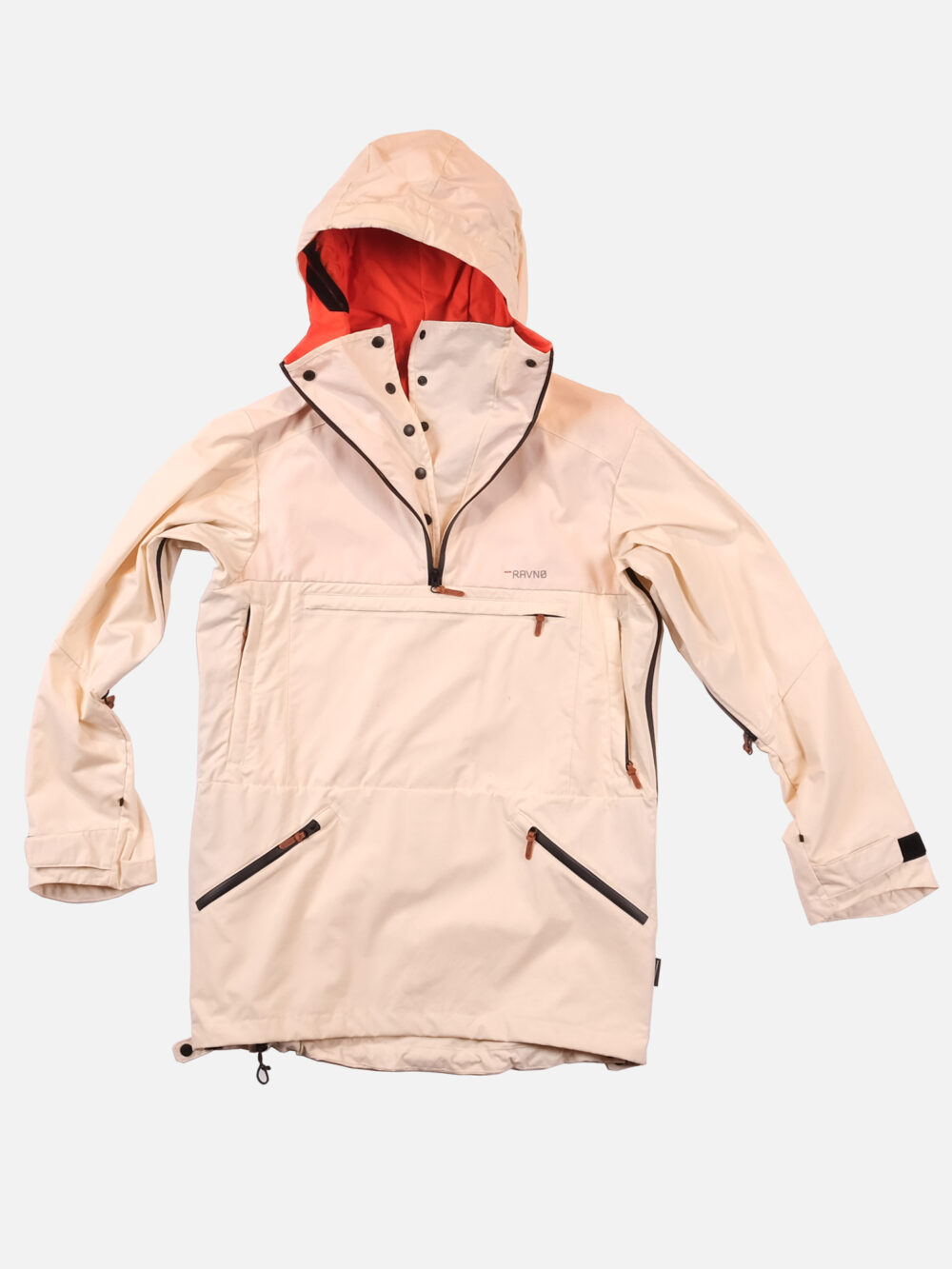
Take a look at the collection here.
